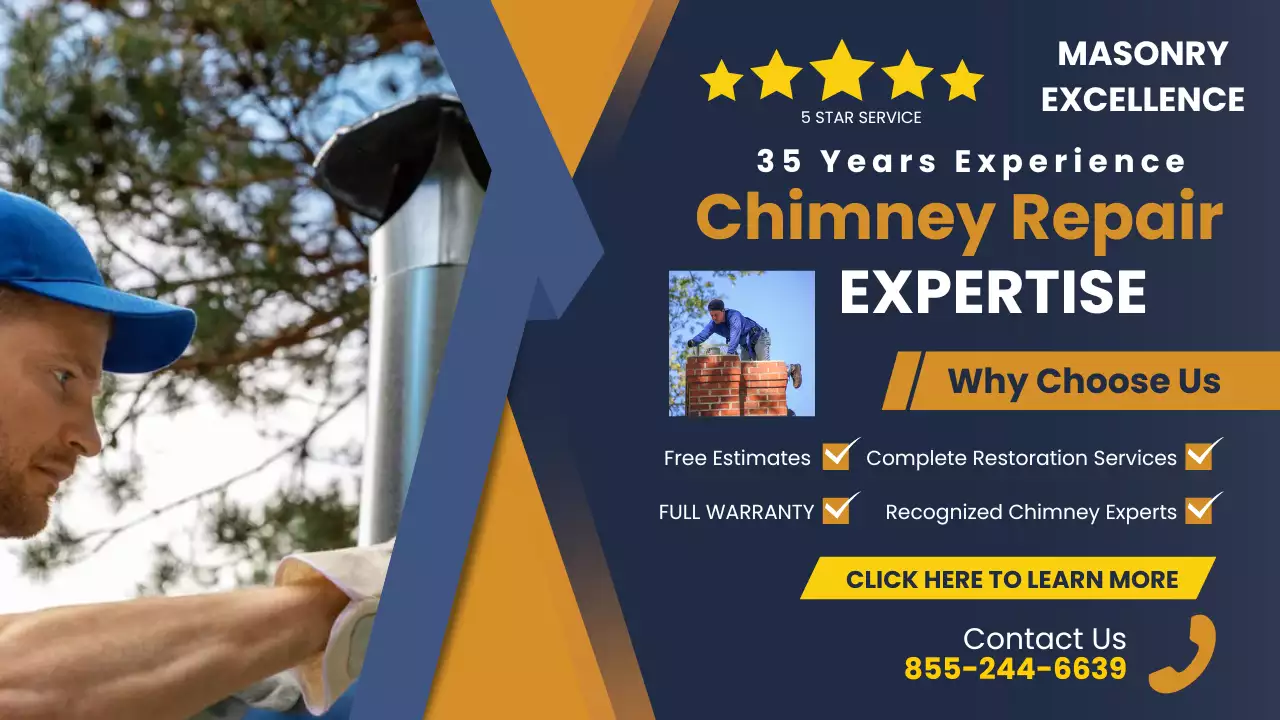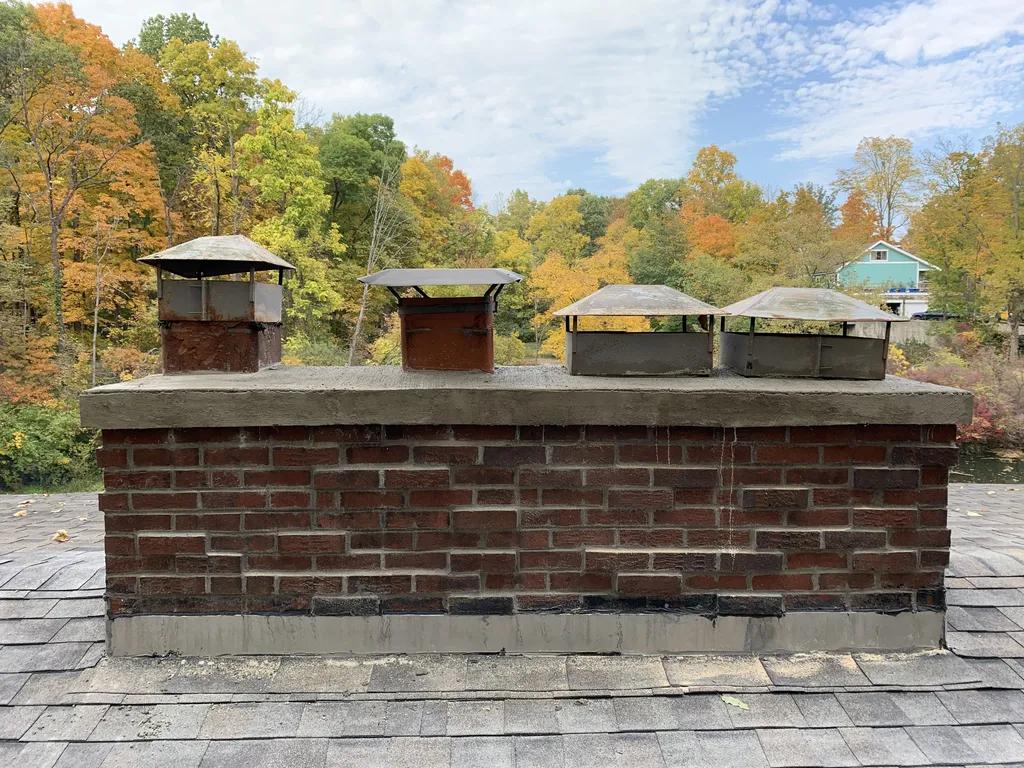When it comes to maintaining a safe and efficient fireplace or wood-burning stove, proper chimney repair is crucial. From preventing chimney fires to ensuring optimal airflow, addressing any issues with your chimney promptly is essential. In this comprehensive guide, we will cover everything you need to know about chimney repair, including common problems, signs that indicate the need for repairs, and tips for hiring a professional chimney sweep. Whether you are a homeowner or a business owner with a fireplace, this guide will help you navigate the world of chimney repair with confidence and ease.
Table of Contents
- Overview of Common Chimney Problems
- Importance of Regular Chimney Inspections
- Professional Tips for DIY Chimney Repair
- Signs You Need to Hire a Chimney Repair Specialist
- Q&A
- Wrapping Up

Overview of Common Chimney Problems
Chimney problems can arise for various reasons, leading to potential safety hazards and decreased efficiency of your fireplace. Understanding these common issues is essential for proper maintenance and timely repairs. Some of the most frequent chimney problems include:
- Creosote buildup: This sticky, flammable residue can accumulate inside the chimney, leading to chimney fires if not regularly cleaned.
- Cracks and damage: Over time, chimney bricks and mortar can deteriorate, leading to structural issues that affect the chimney’s stability.
- Obstructions: Birds’ nests, leaves, and other debris can obstruct the chimney, preventing proper ventilation and increasing the risk of carbon monoxide buildup.
| Issue | Solution |
| Creosote buildup | Regular chimney cleaning and inspection |
| Cracks and damage | Repairing or replacing damaged bricks and mortar |

Importance of Regular Chimney Inspections
Regular chimney inspections are crucial for maintaining the safety and efficiency of your home heating system. Neglecting chimney maintenance can lead to a buildup of creosote, a highly flammable substance that can cause chimney fires. By scheduling annual inspections, you can catch any issues early on and prevent costly repairs down the line.
During a chimney inspection, a certified chimney sweep will check for any blockages, cracks, or leaks in your chimney. They will also assess the condition of the flue liner and ensure that your chimney is properly ventilating. Investing in regular inspections can give you peace of mind knowing that your chimney is in good working condition and help extend the lifespan of your heating system. Don’t wait until it’s too late, schedule your chimney inspection today!

Professional Tips for DIY Chimney Repair
When it comes to repairing your chimney, it’s essential to follow professional tips to ensure the job is done correctly and safely. One important tip is to always inspect the chimney thoroughly before starting any repairs. Look for signs of damage such as cracks, loose bricks, or water leaks. This will help you determine the extent of the repairs needed and the materials required.
Another crucial tip is to use the right materials for the job. Whether you’re replacing bricks, mortar, or flashing, make sure to use high-quality materials that are designed for chimney repair. Using the wrong materials can lead to further damage and costly repairs down the line. Additionally, be sure to follow all safety precautions when working on your chimney, such as wearing protective gear and using a sturdy ladder. By following these professional tips, you can ensure that your DIY chimney repair is successful and long-lasting.

Signs You Need to Hire a Chimney Repair Specialist
When it comes to maintaining the safety and functionality of your chimney, it’s important to be aware of the signs that indicate the need for professional repair. Ignoring these signs can lead to costly damage and potential safety hazards. If you notice any of the following issues, it may be time to hire a chimney repair specialist:
- Cracks or damage: Visible cracks or other signs of damage on the exterior of your chimney can indicate structural issues that need to be addressed.
- Water leaks: If you notice water leaking into your home through the chimney, it could be a sign of a damaged or deteriorating chimney liner.
- Smoke backing up: If smoke is backing up into your home instead of properly venting outside, there may be a blockage or other issue with your chimney.
By paying attention to these warning signs and addressing them promptly, you can ensure that your chimney remains in good working condition. Hiring a professional chimney repair specialist will not only help to fix any existing issues but also prevent future problems from occurring. Don’t wait until it’s too late – schedule a chimney inspection today to keep your home safe and secure.
| Signs of Chimney Damage | Action Required |
|---|---|
| Cracks or damage | Repair or replace damaged chimney components |
| Water leaks | Inspect and repair chimney liner |
| Smoke backing up | Clear blockages and ensure proper ventilation |
Q&A
Q: Why is chimney repair important?
A: Chimney repair is essential to ensure proper ventilation, prevent fires, and maintain the structural integrity of your chimney.
Q: What are common signs that a chimney needs repair?
A: Common signs include visible cracks, loose bricks, water leakage, smoke backing up into the home, and a strong odor of creosote.
Q: How often should chimney inspections be performed?
A: It is recommended to have your chimney inspected at least once a year to catch any potential issues early on.
Q: Can chimney repair be done as a DIY project?
A: While some minor repairs can be done by homeowners, it is best to hire a professional chimney sweep to ensure the job is done correctly and safely.
Q: What are some common types of chimney repairs?
A: Common types of chimney repairs include chimney repointing, chimney cap replacement, chimney crown repair, and flue relining.
Q: How much does chimney repair typically cost?
A: The cost of chimney repair can vary depending on the extent of the damage and the materials needed, but it is important to address any issues promptly to prevent further damage and costly repairs.
Wrapping Up
In conclusion, proper maintenance of your chimney is essential to ensuring the safety and longevity of your home. By following the tips and guidelines outlined in this essential guide to chimney repair, you can take proactive steps to prevent potential hazards and costly damages. Remember, regular inspection and timely repairs are key to keeping your chimney in top condition. If you encounter any issues that you are unable to address yourself, always seek the assistance of a professional chimney repair technician. Stay safe and keep your chimney in tip-top shape!


